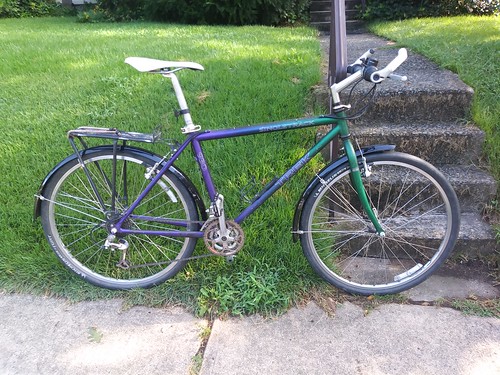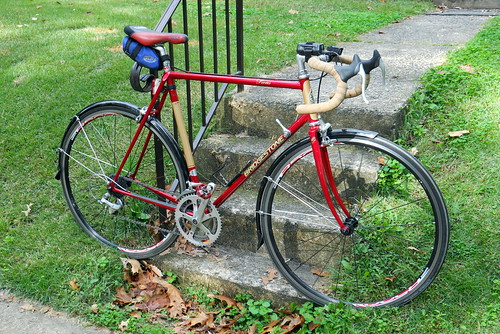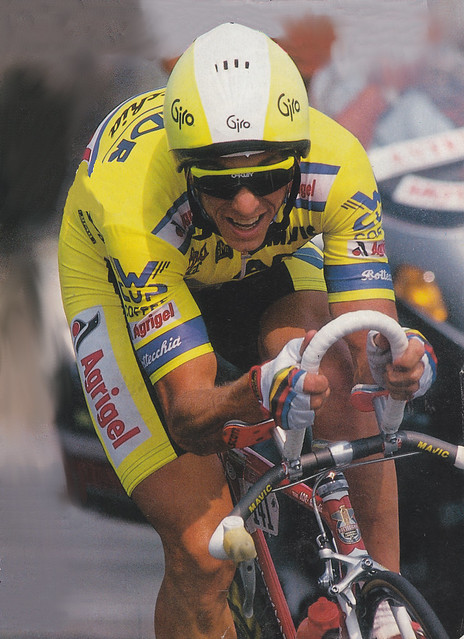GEORGIA DOT RESEARCH PROJECT 13-17 - FINAL REPORT
BICYCLE AND PEDESTRIAN SAFETY IN THE [Georgia] HIGHWAY SAFETY MANUAL - July 2016
http://dlg.galileo.usg.edu/ggp/query:_ca:%22GA+T700.R4+M1+2016+B53%22
Abstract: An accurate understanding of the expected effectiveness of bicycle and pedestrian safety countermeasures is needed to support decisions about how to best allocate limited public resources to increase safety for non-motorized users. However, the kind of data necessary for developing Highway Safety Manual (HSM)–style safety performance functions for bicycle and pedestrian treatments are not currently available. Limited research has been done to date about the impact of bicycle and pedestrian treatments, and most studies are not robust enough to draw broad conclusions. Most agencies surveyed valued safety as a key component of their decision to implement infrastructure, but most did not collect enough exposure and crash data to adequately assess the safety impacts. The two major challenges in using crash records for bicycle safety research are that crashes in general and cyclist crashes specifically are underreported, and pedestrian and bicycle crashes are rare events. Therefore, GDOT should pursue case-control approaches in the immediate and build toward more robust data collection, including new sources for bicycle and pedestrian crash data, counts for exposure data, and site-specific before-and-after treatment data collection.
As I read this, bicycle and pedestrian accidents are sufficiently rare and/or not reported that their approach will be to wait until there are more reported accidents and then study the subject. But in the meanwhile . . . after all, those resources that you might allocate are limited. Etc.
Also, the pseudo-military phrasing, "expected effectiveness of bicycle and pedestrian safety countermeasures," sounds like it concerned with measures to oppose rather than support safety, but who knows. And why do they refer to "bicycle and pedestrian safety" and not "cyclist and pedestrian safety?"
Strange.




